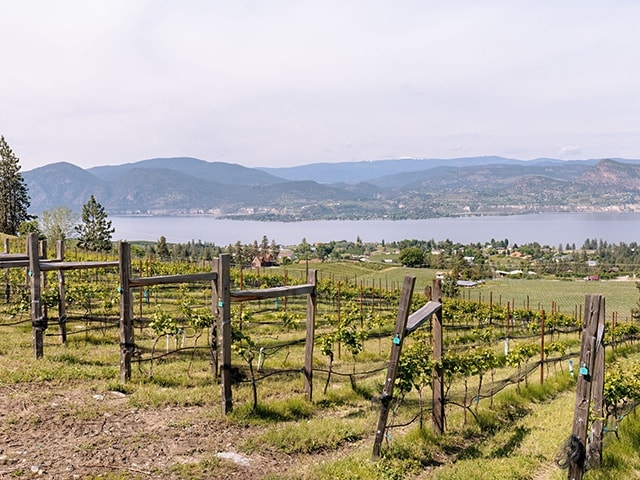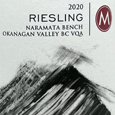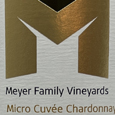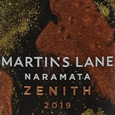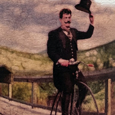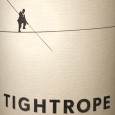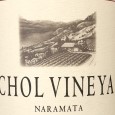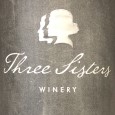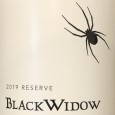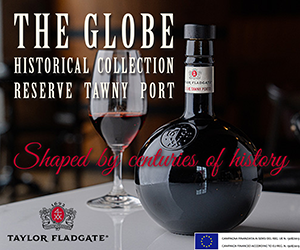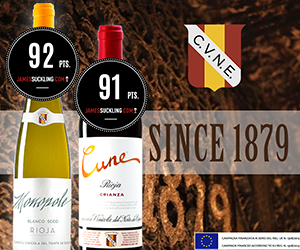Naramata Bench has become one of the Okanagan's busiest destinations for several reasons.
It has some of the most beautiful views in the valley, and its proximity to Penticton makes it perfect for simple day trips. More importantly, it is increasingly the source of expressive, terroir-driven wines that speak of place.
Located in the middle of the Okanagan Valley, the narrow strip of the Naramata Bench stretches 25 km along the eastern side of Okanagan Lake. The bench connects Okanagan Mountain Provincial Park in the north and Penticton Creek within the City of Penticton in the south. Approximately 250 hectares (617 acres) of grapes are planted on it, and it now harbours over 50 wineries of various sizes.
The Terroir
The Naramata Bench was just the third region in British Columbia to receive a sub-geographical indication (sub-GI) in 2019. What makes Naramata unique is a combination of the long afternoon sun exposure, which maximizes ripeness; good airflow and constant breezes from Okanagan Lake, which minimizes disease pressure; and moderate temperatures in the summer and winter. In addition, ten different types of glacial soils, ranging from sandy to silty loam, encourage deep rooting and discourage plant vigour, leading to greater concentration in the wines. This combination allows Naramata to grow a broad spectrum of grape varieties with excellent ripeness while retaining fresh acidity and achieving phenolic development.
What's Grown and What's Exciting
Approximately fifty different grape varieties are grown on the bench, and the main ones are merlot, pinot gris, chardonnay, and pinot noir. However, syrah and riesling are also showing noteworthy quality. Searching for the Naramata style is going to be a journey, given how young the region is, but discovering its typicity will be easier given the clear boundaries set out in the GI. Generally, you can divide the bench into two: that sits below Naramata Road (closer to the lake) and above the road.
Lakeside, the soil types contain more ancient lake bottom sediment, which is much finer and cooler. Above the road on the mountainside, you find significantly more granite and glacial rock, which holds onto and radiates more heat. As a result, the wines from the lakeside of the road tend to be more ethereal in style with floral notes, while the ones from the mountainside exhibit dark fruit and sinewy tannins.
Of course, there are winemakers' stylistic choices to consider. Still, when you compare Tightrope Winery Pinot Noir and Syrah from the lakeside versus mountainside Foxtrot Vineyard Pinot Noir and Nichol Vineyard Syrah, you can sense different nuances of flavour and tannin structure. The good news is the signature of both sides of the road are wines that boast vibrant acidity with well-integrated balanced alcohol that rarely feels warm.
Compared to their peers from further south, Bordeaux varieties or blends made on the bench show slightly less fruit ripeness but display more of the varieties' distinctive graphite and herbal undertones in a more complex, structured and fresher style. Black Widow's Reserve Hourglass is a notable Bordeaux blend made from Naramata fruit, and Hillside Winery's Merlot and Three Sisters Winery's Cabernet Franc should not be overlooked.
What makes the Naramata Bench current and new is the alternative varieties that show exceptional quality. Terravista Vineyards crafts nervy, stylish whites such as viognier and an albariño and verdejo blend (the only one in Canada), and they just planted another exciting Spanish cultivar, mencía.
Here are some of the top wines grown on the Naramata Bench recently tasted by the GOW team.
Listen to Anthony and Geoffrey's conversation about the Naramata Bench in the February 23rd episode of BC Food & Wine Radio (segment begins at 31:00 minutes).

 quicksearch
quicksearch

